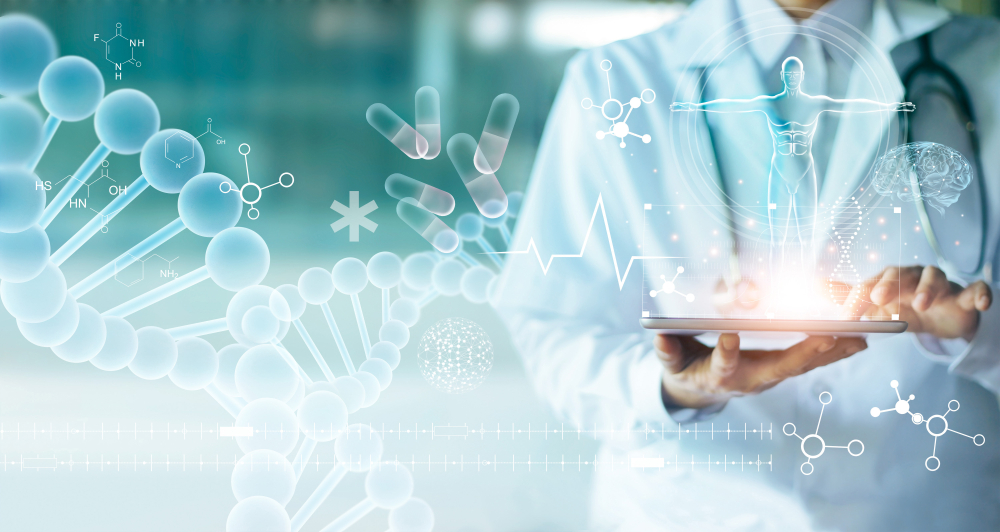What is driving the connectivity revolution in health and safety?

Daniel Bailey, Investment Manager at ECI Partners looks at the benefits of technological advancements in the health and safety industry.
A connectivity revolution may sound like an abstract concept, but the health and safety sector is one area that is evidencing how IoT solutions are delivering real practical change. Simply put, IoT refers to anything connected to the internet, and many of those ‘things’ are allowing for better procedures and reporting for keeping employees and consumers safe. But what is it that has driven this change, and what does it mean for the future?
The technological horizon is changing
Over recent years, there have been several impactful changes in the technological environment, and this is set to continue in the next decade. This includes anything from re-farming 2G/3G spectrums to 4G/5G; replacing copper cables with Fibre; increase the prevalence of low powered wider area networks; or the development of new SIM technologies, meaning you don’t need to physically replace a SIM to change an underlying mobile network connectivity provider.
All these changes, especially when combined, mean that there will increasingly be more choice in connectivity technologies with more speed, more coverage and the ability to transfer increased data payloads. Together this is allowing devices to connect more reliably and quickly to the internet. This is ultimately creating more opportunities and the number of use cases for IoT is becoming increasingly ubiquitous.

The device opportunity
Alongside better connectivity facilitating the scope for smarter devices, the devices themselves are improving. This is particularly the case for wearables that have increasing functionality, accuracy and battery life.
We have seen this across our portfolio companies, with Peoplesafe, for example, providing small alarms and smartphone software to create a complete end-to-end safety service for lone workers, while CSL supplies a critical connectivity managed service to ensure a signal from an IoT device is delivered without failure, for example from an alarm to an alarm receiving centre.
Covid-19 is likely to accelerate the needs and opportunities for devices, with IoT managed services provider, Arkessa, another portfolio company, stating that with the global healthcare profession under strain, the variety of medical devices being adopted is significantly increasing as consumers seek mobile health solutions. The accelerated use of devices is something that is being increasingly seen as we emerge from lockdown, with a huge demand for technologies that, for example, monitor the number of people in a shop or the temperatures of employees in offices.
With greater levels of sophistication and an ability for devices to operate for longer at the edge of the workforce, we anticipate that the use cases for smart devices will continue to grow.
The future of real-time health and safety
Importantly for the health and safety sector, these technological advancements mean that data will become real-time rather than being manually inputted, aggregated and interpreted on a lag. As environmental, health and safety software and IoT providers connect to utilise the live actionable data that is being collated, the end client will increasingly be empowered to react straight away. For example, same day solutions to safety incidents without waiting for reports to be filed. This real-time reporting has already proven itself to be valuable in the telehealth space, where live communication between patients and providers has allowed better monitoring and quality of care for those with chronic conditions.
The opportunities for this will only continue as edge computing, where real-time data is processed at the source – e.g. the IoT device or thing – rather than centrally, on a hub and spoke model, becomes more prevalent.
Predicting safer outcomes
This increase in real-time data will also allow the health and safety sector to evolve from reactive incident response to proactive and predictive incident prevention. Specifically, as data starts to be analysed at an aggregate level, this will reduce incidents and costs by pre-empting risks through a better understanding of causality and will consequently facilitate better training for employees.
This can be seen in the construction industry, whereby IoT businesses are using biometric scanners, connected PPE and geofencing to collect and share data on their sites. This allows project managers to determine who was on site, whether they were behaving correctly relative to their role, and whether they were using the right equipment. Together this reduces the risk of a health and safety incident, and this will further improve as more sites are managed using these solutions and the data becomes richer. Ultimately, this will lead to greater productivity which should be a positive for both employee and employer.
What is the value of IoT in health and safety?
The benefits of this technological and connectivity evolution in the health and safety space should hopefully be clear. The wealth of data now available in real-time should create a more accurate picture of incidents that should in turn create a safer and more engaging workplace.
Not only will technology allow workplaces to better understand their own health and safety processes, it will also enable them to benefit from data across their companies or whole industries, reducing their risks before any incidents even occur. As well as providing a safer workplace, providers to this space will also be able to demonstrate how the technology can improve productivity and ROI for customers more clearly, significantly increasing the value of their services. This will consequently continue to attract strong levels of interest from investors in this space.